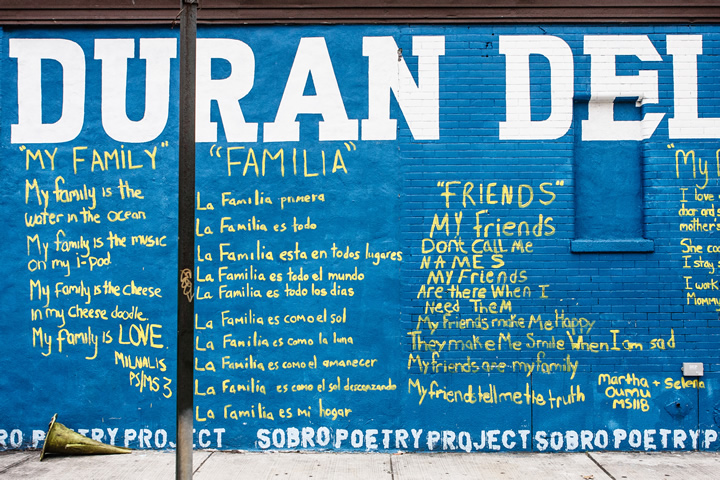You might have noticed how easy it is these days to get your words out into the public—with the Internet, our smartphones, and social media, we’ve never had it easier to be heard. You also might agree with me that one of the most comforting things in the world when you’re going through a huge transition is to find out that you’re not the only one and that you’re not alone. You now have the opportunity to share your experiences with one another, offer each other advice and learned lessons, and ultimately discover a new confidant.

Getting Started
It might be scary at first to think about sharing such vulnerable experiences with the world, so I recommend to first write out an entry about perhaps your day, your first impressions upon coming to New York City, or even questions you have about the people, the culture, or the city itself. There are several platforms that allow your entries to be either private or public, so this way, you don’t have to expose yourself if you feel it’s too soon. You’ll also get a feel for how often you see yourself posting, how personal you want to get, and how big of a project you forsee this becoming.
The great thing about this method is that you’ll get practice WRITING your English instead of just communicating it verbally. You’ll learn a lot about your English skills if you find yourself using your dictionary or your translator a lot or if it comes to you pretty naturally. As you’re writing, you might also realize that this is the perfect time to test out new and foreign slang or idioms that you would otherwise be too nervous to try out in person. You have the chance to look them up before committing to them, and the more practice you get with putting them to use, the braver you’ll be to use them in person!
Finding your thoughts
Another great thing about blogging is that it forces you to reflect. Before I started my own blog, I was very apprehensive because it felt like I was on display, and I was nervous about that. But I sat down and just started typing my thoughts and feelings without too much worry or concern about grammar (I looked at that later), and I realized that I had quite a bit going on in my head! Once I cleaned up the “entry” and felt like it was polished, I published the piece. I obviously didn’t have a huge following at the time, but when I was sharing some of my worries or concerns, the community that I DID have was so supportive and encouraging. They offered advice, shared similar stories, and cheered me on to keep going. It was just enough to convince me to keep writing.
Finding your followers
Once you find a blogging platform that you like and you establish your profile, spend some time on Facebook and look for groups that are new to both the English language as well as New York City. Join as many groups as you can and post a link to your new, live blog (I’d make sure you have at least one post live at this point so that they can get a taste of who you are), and include a short introduction about yourself and invite others to take a journey into your experience. You might find that a lot of people will come to your page to hear about your stories to see if they’re similar to their own, and you will, without a doubt, develop a circle of support and encouragement. Furthermore, you will have the opportunity to learn from your new followers as well as they share their own funny stories or mistakes they’ve made along the way.
Finding your reach
Again, one of the greatest parts of living in this generation is our constant connection to everything and everyone at any time. You could reach people not just in New York City, but you could develop a network of ANY newcomers to the United States as they adjust to the English language and American culture. Additionally, you also might find that you might reach English speakers that are studying abroad in other countries beyond US borders as they’re facing the exact same hurdles! While the experience is the exact opposite, the emotions and fears behind starting a life in brand new world with a different language are universal.




















